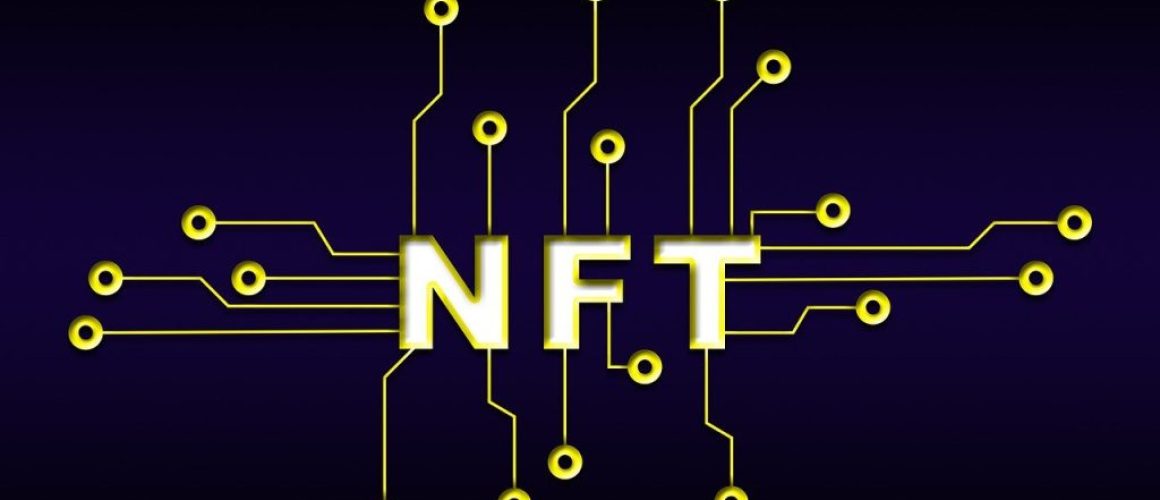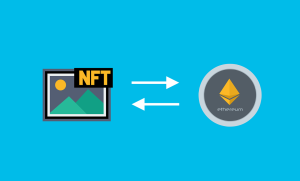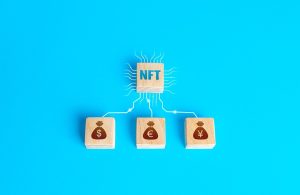Definition and Applications of NFTs
NFTs or Non-Fungible Tokens are the current rage in the world of virtual real estate. This is due to the fact that there is a radical growth in the tokenization of digital art and music. This makes NFT applications quite appealing and fruitful for anyone who wants to learn about leveraging NFTs for financial benefits. However along with potential future applications, there are also challenges while using them. Let’s take a closer look at NFTs and see whether the hype around its potential applications is worth it.
What are NFTs?
A Non-Fungible Token is a digital certificate for ownership of a particular asset. It represents authenticity regarding the sole possession of an original digital or physical object. Digital art and collectibles are examples of digital assets with regard to NFTs. Real estate is an example of physical assets tokenized with NFTs.
NFT applications are often confused with cryptocurrencies, which is not the case. Cryptocurrencies such as Bitcoin and Ether are native to specific blockchain networks. Trading platforms can help in purchasing, holding and exchanging various cryptocurrencies and crypto wallet collectibles are used for storing cryptos. On the contrary, NFTs are non-fungible, non-interchangeable and unique. They are not like other traditional currencies or commodities. For example, you can trade one dollar for another one because the value of both will remain the same always. The same is applicable in the case of cryptocurrencies such as Bitcoin.
Potential Applications of NFTs
The existing situation of the global NFT market and relevant trends paints a favourable picture for the future of NFTs. However, it is essential to understand the factors for future growth of NFTs before diving into future challenges of NFT.
Document Storage and Ownership – Just like the core blockchain technology, NFTs have the potential for different business use cases. The business applications have to be relevant for each use case alongside supporting the better digital transformation. For example, storage of documents securely is a promising factor for boosting future NFT applications.
Asset Forgery Safeguards – NFTs can prove valuable assets in dealing with data modification and duplication. NFTs do not comply with just the fundamental functionalities of blockchain with robust encryption. On the contrary, they can also facilitate promising safeguards against data forgery and unverified exchanges similar to the functions performed by secure cold wallet collectibles.
Expanding the Use of Paperless Transactions – The storage of all information regarding signatures and the individual in an NFT provides the scope for paperless transactions. Enterprises are no longer interested in following excessive paper-based documentation. In addition, NFTs can also be useful for individuals with their ‘paper-less’ advantage. Individuals who don’t have the need to provide documents for verification could carry them in digital formats. At the same time, they don’t compromise with authenticity while ensuring verification in real-time.
Conclusion
Celebrities are endorsing NFTs, and there is a huge market speculation bubble around NFTs. The trading volumes of NFTs increased by three times in just one year, which is a promising indication for their future. The understanding of mechanics of NFT along with the existing trends and the favourable environment for their growing popularity helps in obtaining a hands-on impression of the potential of NFTs. It can provide clear insights into the strengths of NFTs that could empower their future. The road ahead for NFTs looks bright and there are many more miles to go!




